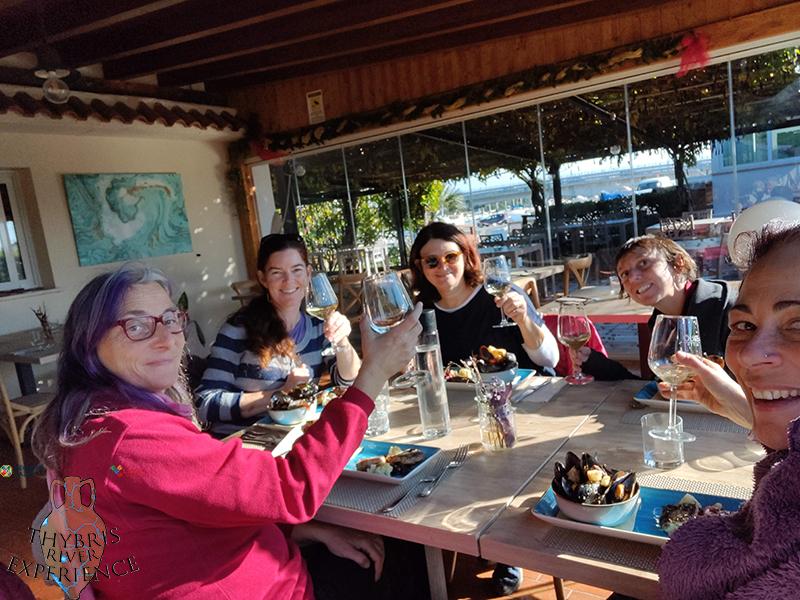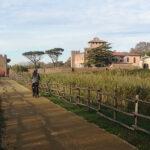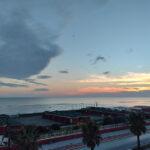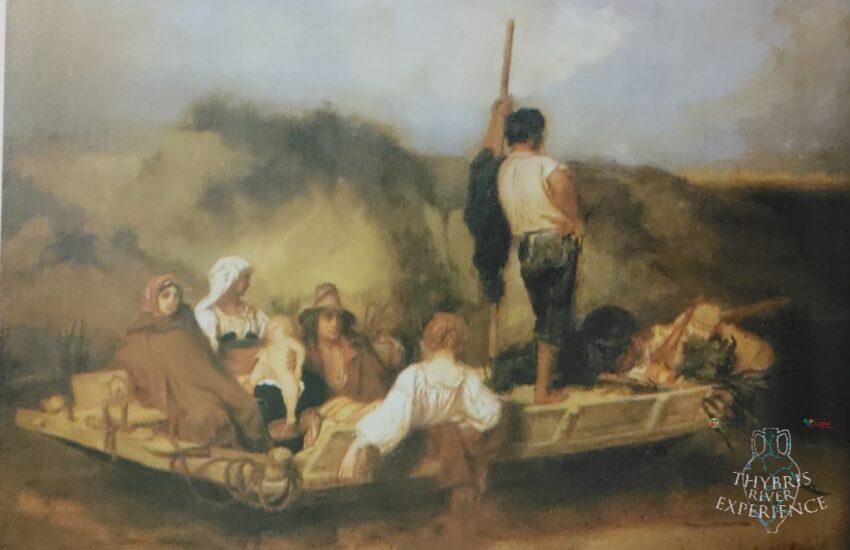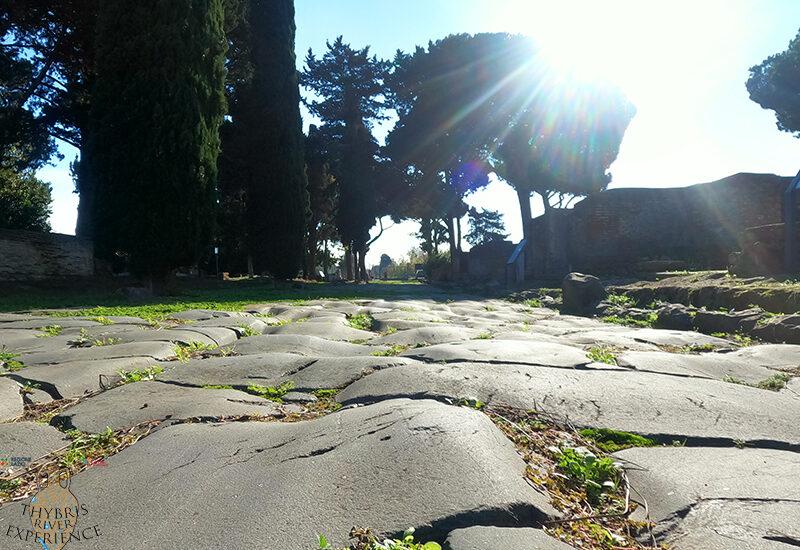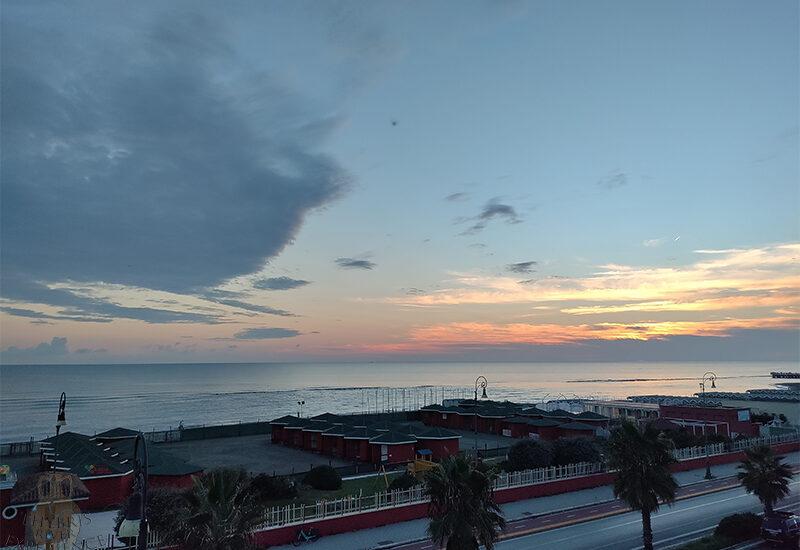Isola Sacra, i.e. the Sacred Island or the Garden of Venus
The magic triangle between the artificial Roman canal and the big river mouth or Fiumara Grande
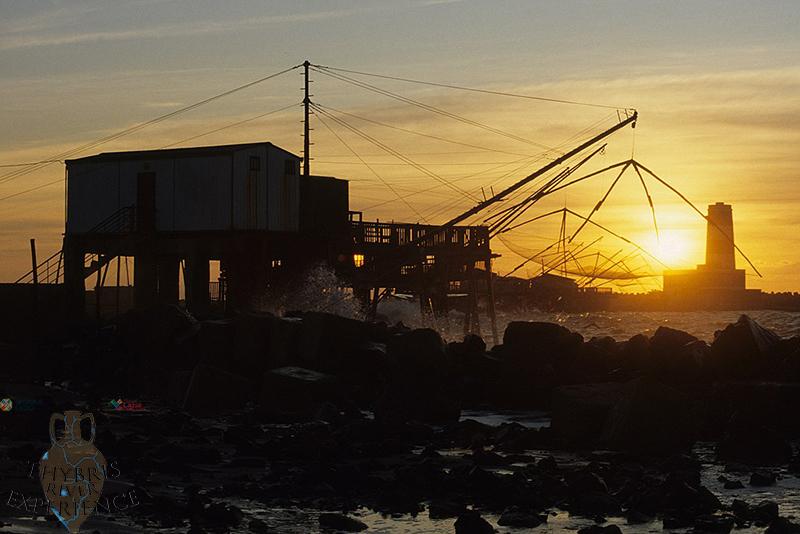
The island is so luxuriant and enjoyable that it does not lack excellent grazing herbs either in the summer or in the winter months; in spring then it is filled with roses and other flowers so that for the fragrance of its perfume and its splendor, it can well be defined as the Garden of Venus
Libanus alma Veneris – Aethicus
That is how an author of the 5th-century A.C., Aethicus, described this triangle of land between the ancient cities of Ostia and Porto. Ostia, a city at the mouth of the Tiber River, for centuries was the port and the barn of Rome. It was the gate of Rome on the Mediterranean Sea until around the middle of the first century, when a new port was built 4 km north of the river mouth, Porto. As the new port was enlarged in the 2°century by the emperor Trajan, a new canal was dug to connect the harbor with the river, the Canale di Fiumicino ( i.e. Fiumicino Canal) thus an artificial island was created, at the time it was called Insula Portus or Portuensis, today known as Isola Sacra (i.e. Sacred Island). In the years one of the largest necropolis of the Mediterranean was created. With the fall of the empire, the island was slowly abandoned, over time debris from the river accumulated along the seashore, and swamps and marshes began to form, making these lands inhospitable and malarial. But, despite almost nobody living here for centuries, there are so many stories to tell.
When the Charon of Isola Sacra embarked the Ravennati on the Scafa
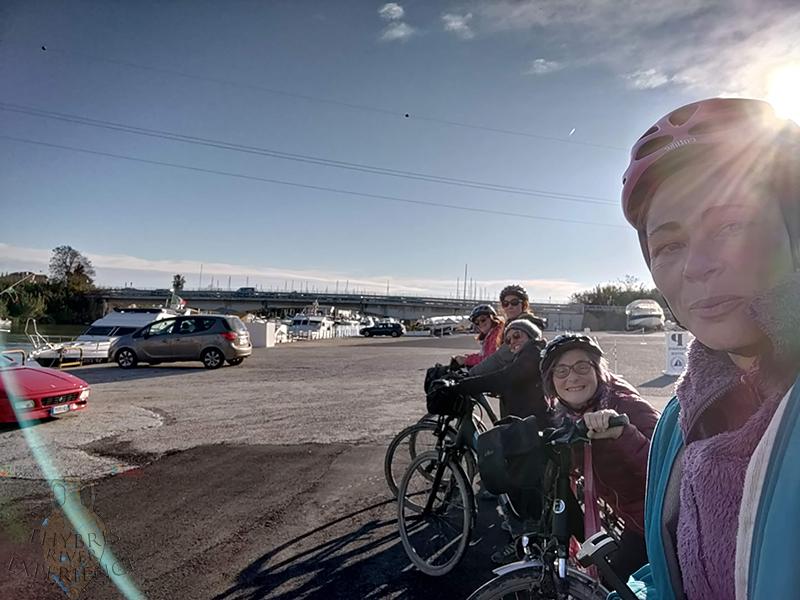
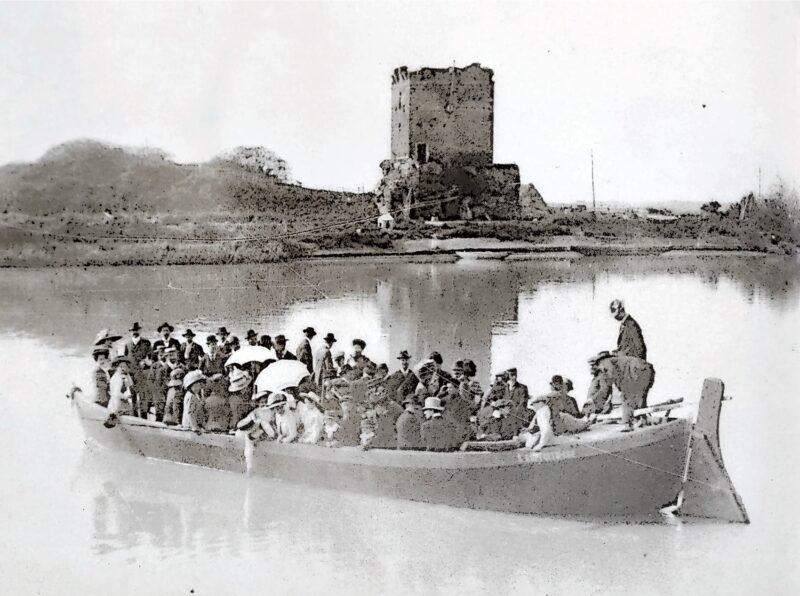
We could start by telling you about Tancredi Chiaraluce. He was described as an old man with a long beard and was among the very few people who dared to live in this place. On the evening of November 25th, 1884, when a group of workers arrived here by train from Ravenna, aka the Ravennati, Tancredi was the first and maybe only, human being they met. They arrived here, in a land covered by stagnant water, mud and reeds, infested by malaria mosquitoes, driven by hunger. They had to cross the river, but there were no bridges, at the time there was only one large barge, Tancredi’s barge, he earned his living by moving goods and people from one bank of the Tiber River to the other. They paid a penny each and 50 at a time boarded the Scafa, as this large boat was called, and safely reached the other bank. Exactly where the Scafa was, in 1916 a bridge named Ponte della Scafa was built.
The Museum of Peasant Civilization di Isola Sacra – history, roots, and tradition of those who were born here
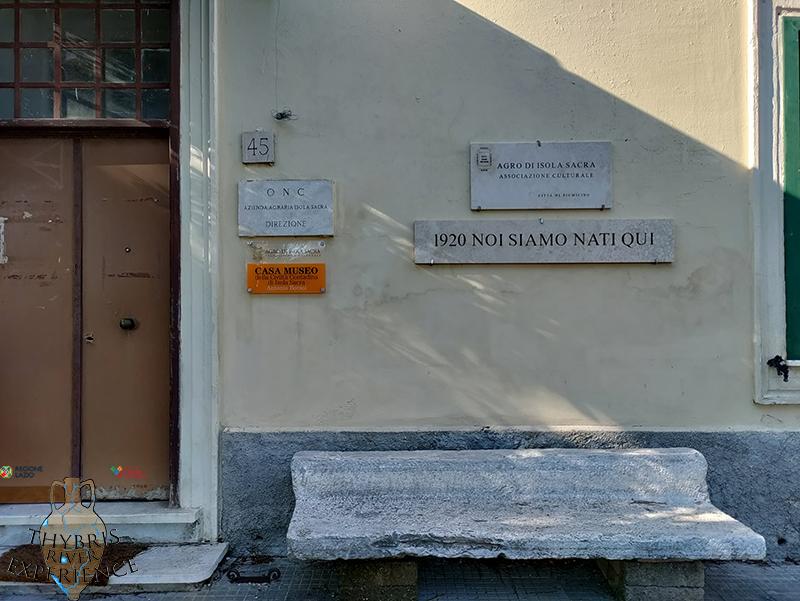
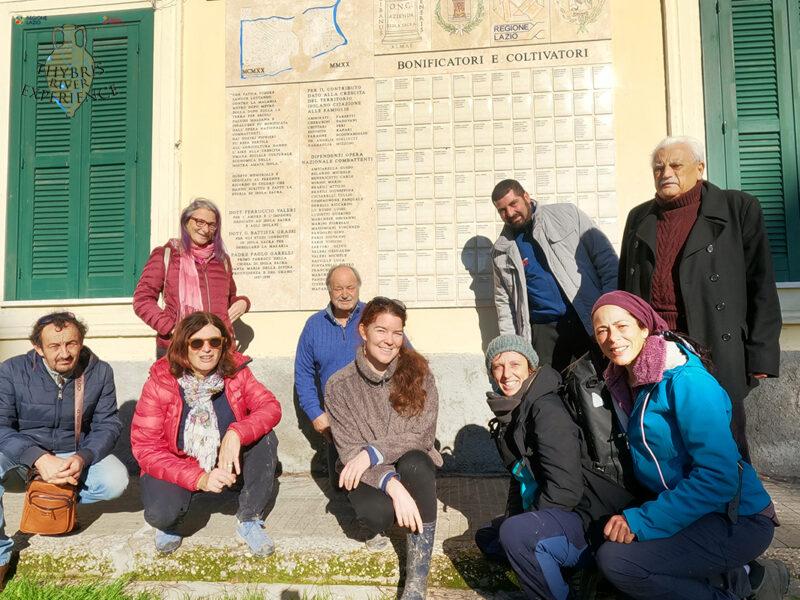
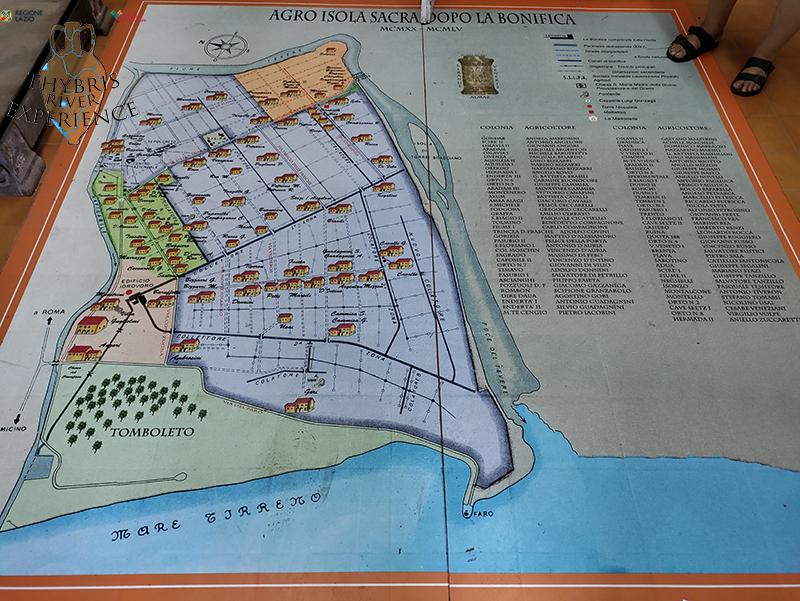
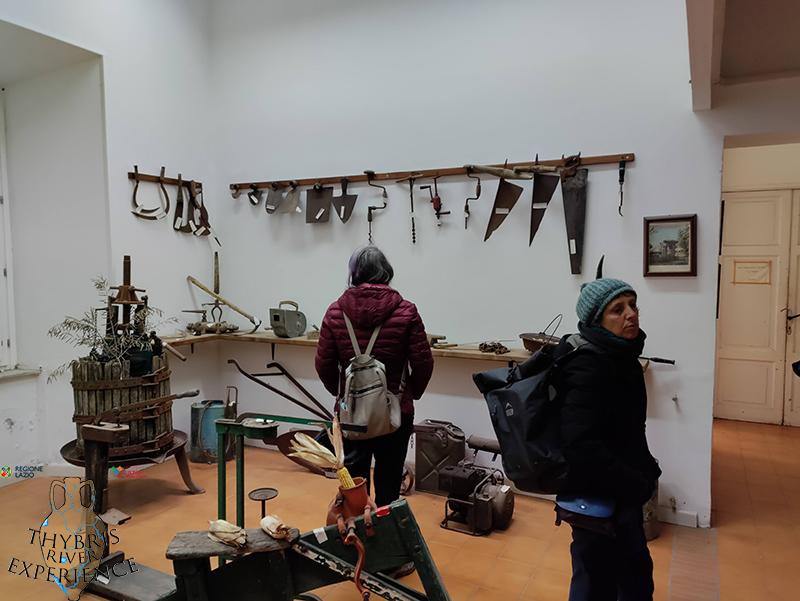
Or should we talk about the brave men and women who, in1920, moved here from all over Italy to complete the reclamation work started by the “Ravennati”. In that year, the Italian state dispossessed a large part of the island’s territory to give it to the Opera Nazionale Combattenti (i.e. National Fighters Opera), an institution created to reclaim land to assign it to veterans of the Great War. Today the history of these families is guarded in a small museum, the Museo Della Civiltà Contadina di Isola Sacra which means Museum of Peasant Civilization. A path made out of didactical bords, work tools, old objects of everyday life, photos, postcards, etc. keeps alive the memory and reconstructs the history of these families who, through their sacrifices, have brought life back to this small strip of land.
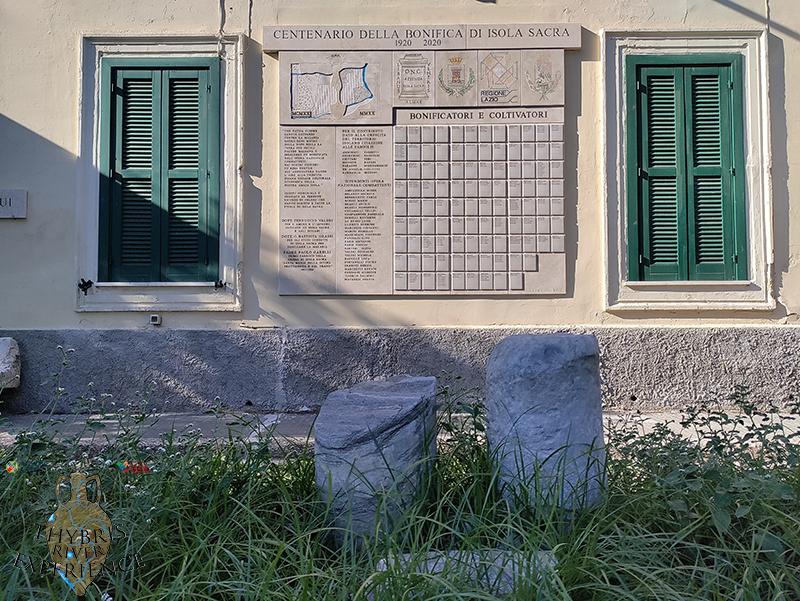
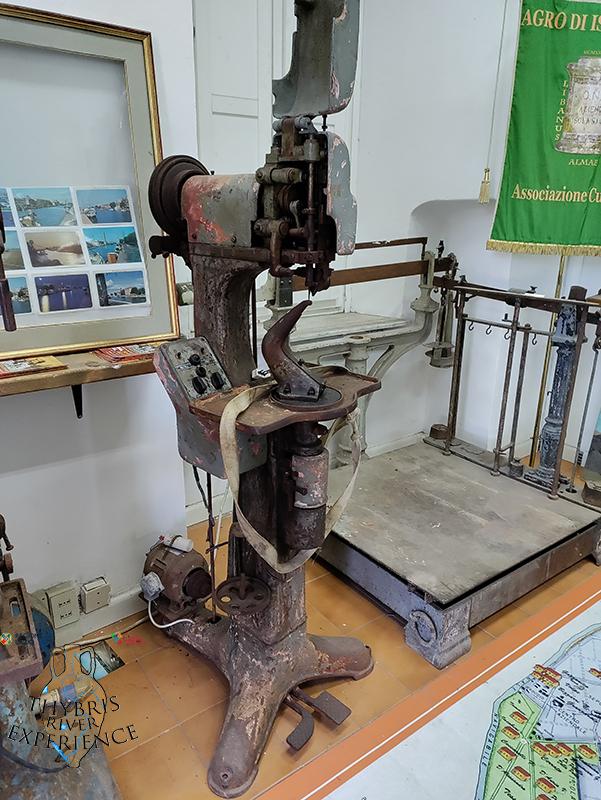
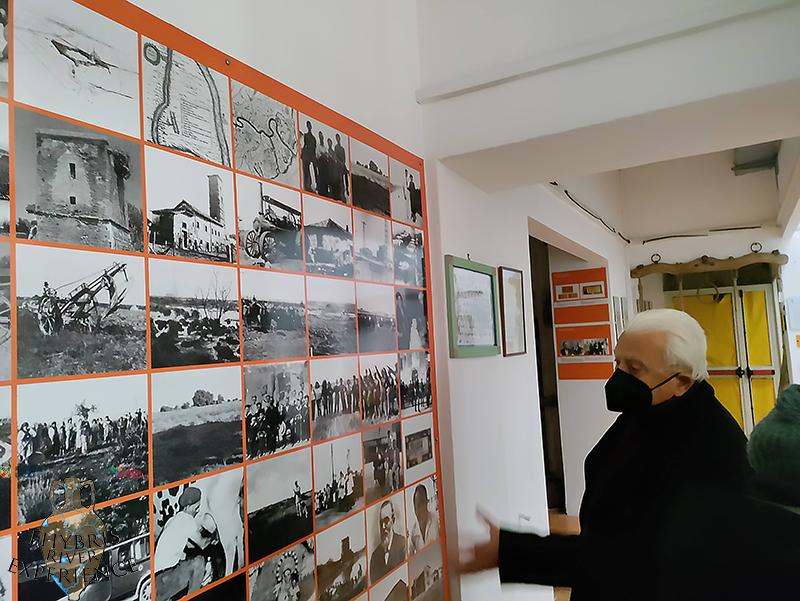
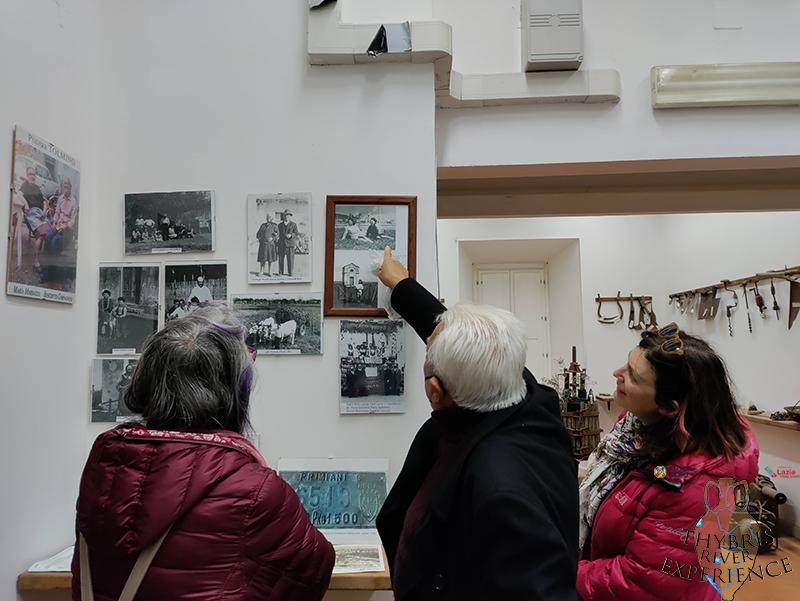
The museum association has even pubblished two books about the special charming story of the old comunity and its land.
St. Hippolytus – the Christian martyr who lived and died in Isola Sacra
How to forget about St. Hippolytus, which is probably the reason why, in the 6th century, Isola di Porto i.e. the Port Island was renamed, Isola Sacra. Considered to be the first bishop of Porto, he was a victim of the persecutions of the Romans. According to tradition, in the year 229, he was captured while celebrating mass and thrown into a well, with his hands and feet tied. Later on, his body was retrieved and buried not far from the place of his martyrdom and by the end of the 4th century above his grave, a basilica dedicated to him was built. The basilica will be rediscovered during the excavation campaign that began in 1970, and on that occasion, the sarcophagus with the remains of St. Hippolytus was unearthed.
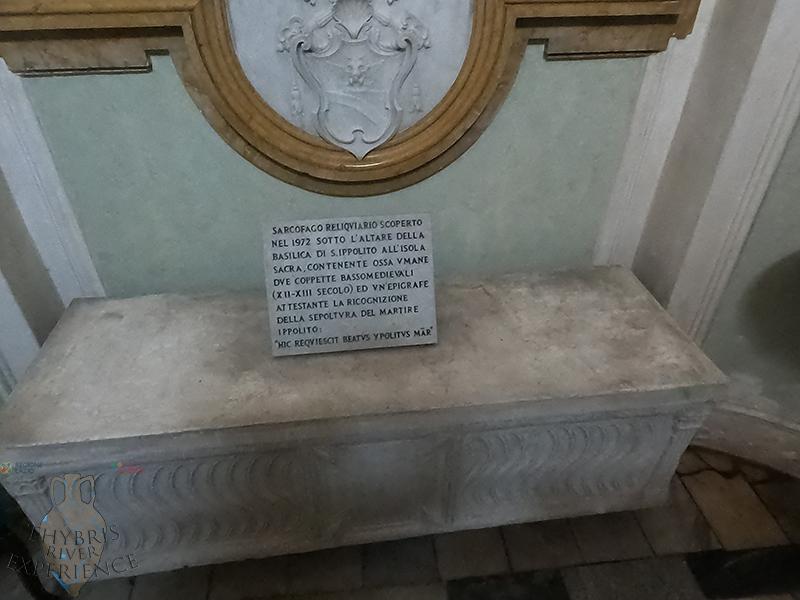
His relics are now kept in an urn placed under the altar in the Church of Ss. Hippolytus and Lucy, inside the Episcope of Porto.
The Pietro Micca, a steamboat
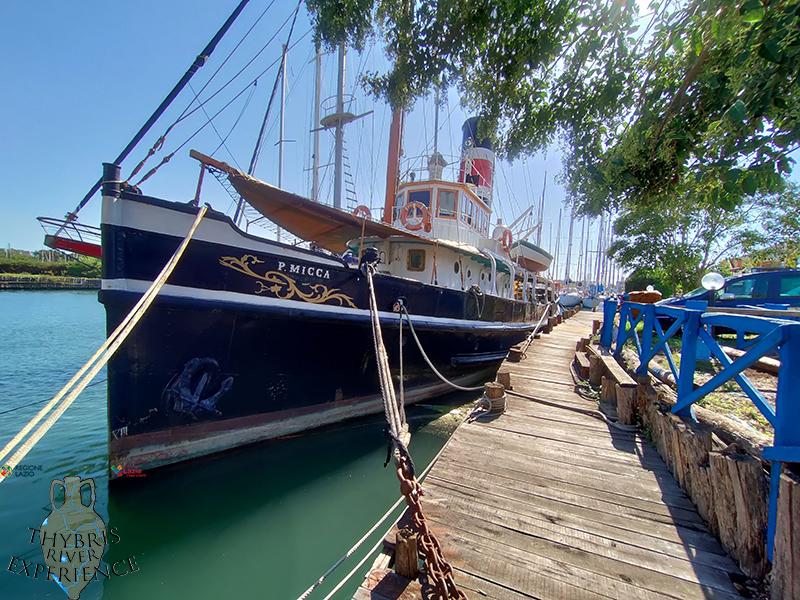
Moored along the docks of the Tiber is the Pietro Micca, it also has a story to tell. It is the oldest Italian commercial steamship still on the go and despite it’s been around since 1895 the Pietro Micca is not yet retired. At the beginning of 1996, it was purchased by the “Associazione Amici delle Navi a Vapore G. L. Spinelli” and saved from demolition. After being rearmed, it still earns a living by carrying out various educational activities. The Pietro Micca is always ready to go to the sea, historical testimony of the past technologies.
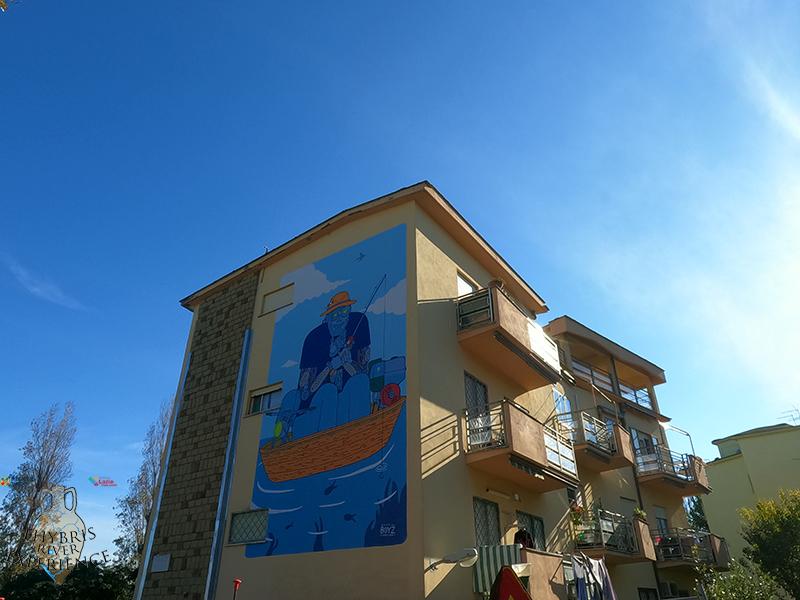
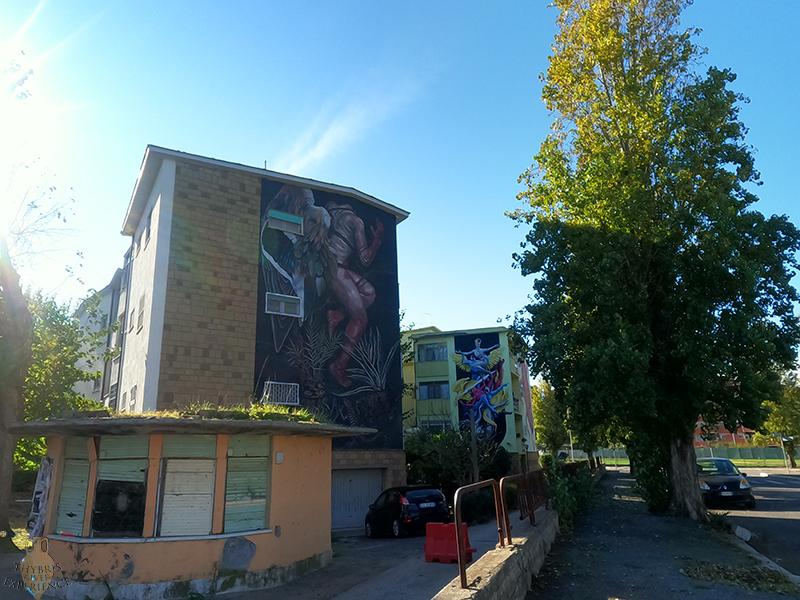
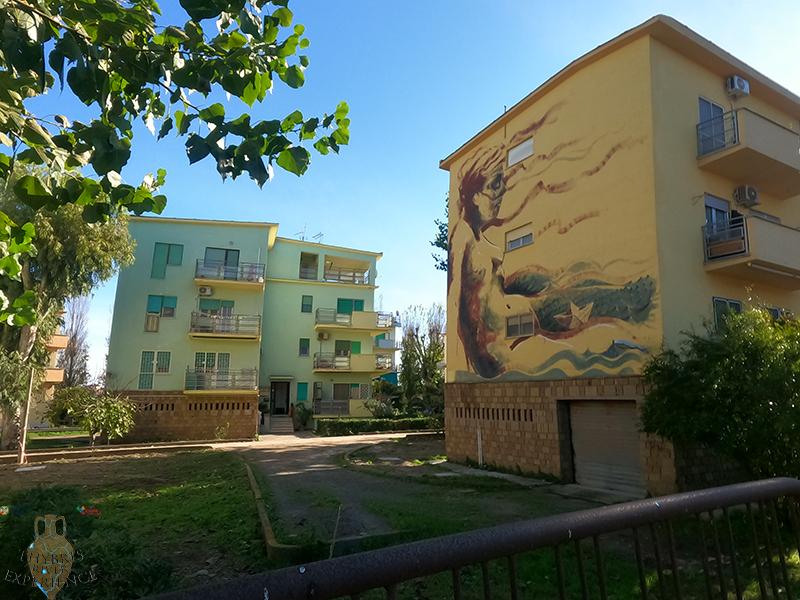
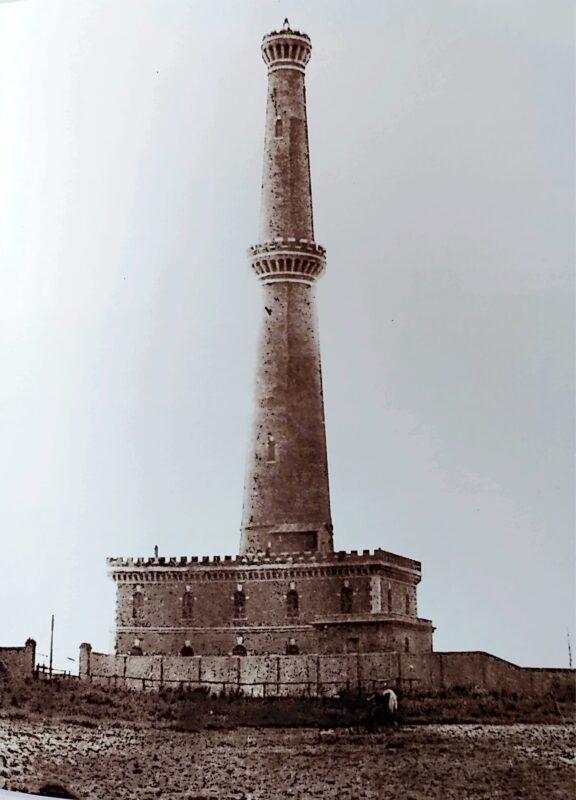
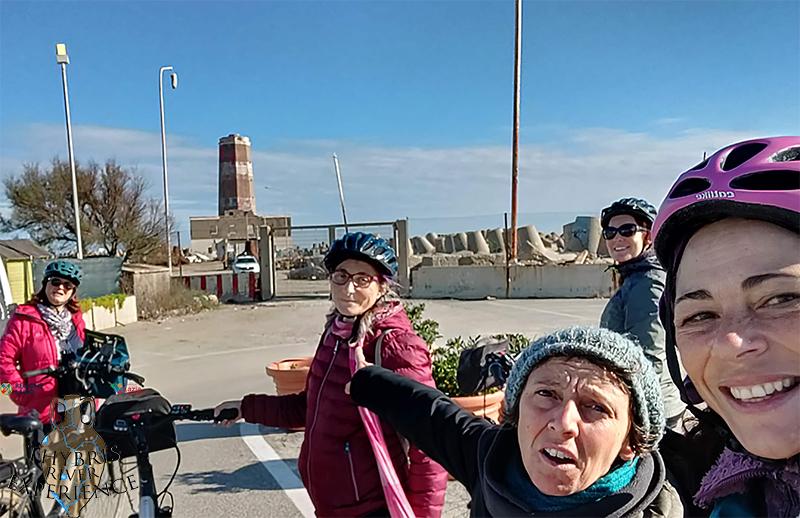
The lighthouse and the fishermen’s houses, the so-called Bilancioni
And if by the end of the day you want to relax and watch the sunset you should walk to the seashore, where the dismissed Lighthouse is. Nearby there are the so-called Bilancioni, the old wooden houses used by fishermen, and while standing on one of these large wooden platforms sustained on piles you could learn about a very ancient fishing technique, most probably invented by the Phoenicians.
